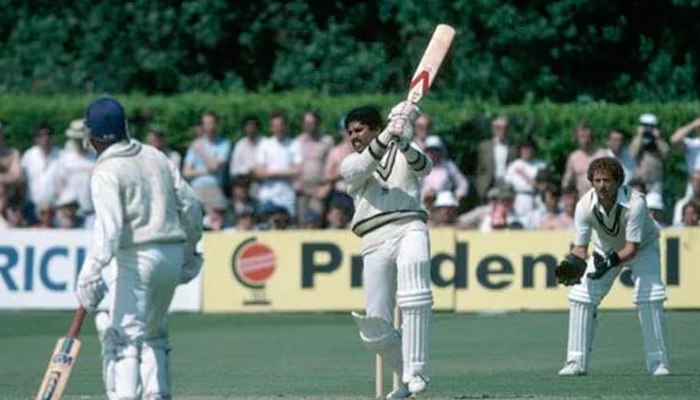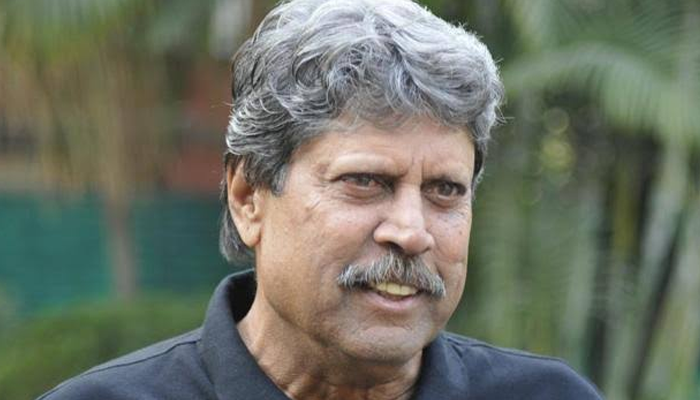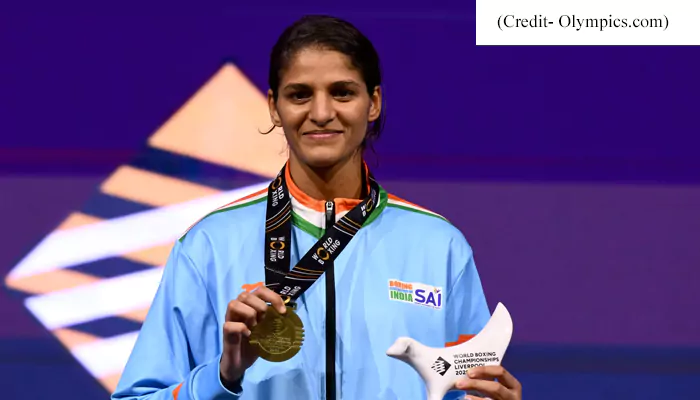On This Day (Sep. 1): India Breaks 22-Year-Old Drought to Win a Test on Lankan Soil
- Rohit Chatterjee
- 1 year ago
- 4 minutes read
 India Breaks 22-Year-Old Drought to Win a Test on Lankan Soil.webp)
The series win was a significant achievement, breaking a 22-year drought and leaving a mark on the island nation's cricketing history
Today, nine years ago, in Colombo, India made history on the Lankan soil. At the SSC stadium, they bowled out Sri Lanka for 268 on the fifth day of the last Test. India won its second Test series against Sri Lanka, their first in 22 years since 1993.
It was a fiercely contested match played in a foreign country that demonstrated India's increasing power in cricket. When debutant Kusal Perera made a reckless move on the decisive final day, the match was evenly balanced. India took the chance and responded with great force, winning by 117 runs.
Sri Lanka's hopes dented
Off-spinner Ravichandran Ashwin's patience was rewarded when Perera, fighting back brilliantly with skipper Angelo Mathews, made a costly mistake. On 70 runs, Perera tried an unnecessary reverse sweep and made a catch on Rohit Sharma at the point.
This dismissal ended a crucial 135-run sixth-wicket partnership that gave Sri Lanka hope of either salvaging a draw or snatching an improbable victory on the final day. Ashwin's breakthrough swung the match back in India's favour, highlighting the fine line between daring cricket and reckless decisions.
#OnThisDay in 2015
— Tanuj Singh (@ImTanujSingh) September 1, 2020
Virat Kohli Won the First Test Series As a Captain.!! Under Virat's India Won 2-1 Against SL in SL.
💉Under @imVkohli Captaincy, India has won the first Test Series in SL after 22 years🙌.!!#GOAT🐐 pic.twitter.com/q0WPvb2Igz
India edges closer to victory
India's last series win in Sri Lanka was back in 1993, with a 1-0 victory. This triumph was India's first away series win since Mahendra Singh Dhoni's side defeated West Indies 1-0 in 2011. It was a second consecutive home series loss for Sri Lanka, having previously fallen 1-2 to Pakistan. Angelo Mathews led a spirited fightback, scoring 110 for his seventh Test century and second of the series, trying to recover from another top-order collapse. Despite his efforts, a crucial setback before tea left India within sight of a memorable victory on foreign soil.
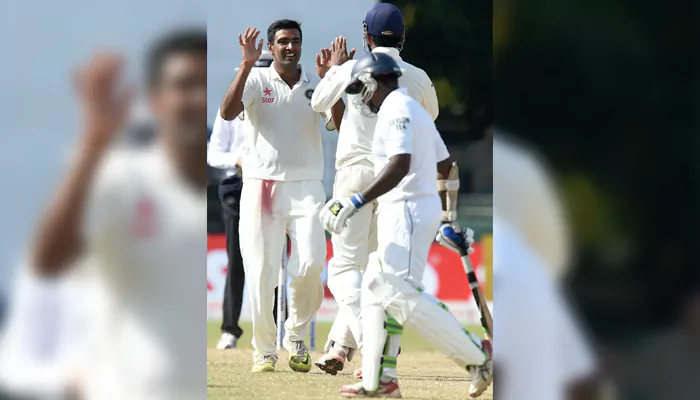
Ashwin's 21 wickets and a fifty earned him Man of the Series //Picture Courtesy -- ESPN Cricinfo
Ashwin and Ishant's crucial spells
Ishant Sharma, India's standout bowler, delivered a crucial breakthrough right after tea. He successfully trapped Angelo Mathews with a stunning delivery. This wicket left India needing just the tail-enders to complete their victory.
Six overs later, Ashwin wrapped things up by dismissing Rangana Herath and Dhammika Prasad in consecutive overs. Ashwin's four-wicket haul in the second innings capped off a dominant series for him, finishing as the leading wicket-taker with 21 scalps.
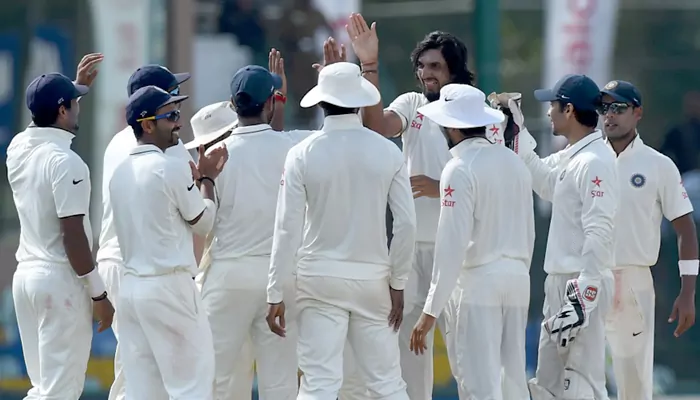
Ishant Sharma celebrates with teammates after claiming his 200th wicket // Picture Courtesy -- ESPN Cricinfo
A steady partnership on the fifth morning
India set Sri Lanka a challenging fourth-inning target of 386 runs. On the fifth day morning, Umesh Yadav gave India a breakthrough by dismissing Lahiru Thirimanne for 12, leaving Sri Lanka struggling at 74 for four. The Sinhalese Sports Club pitch, which had helped seamers over the first four days, had eased out, making it challenging for Indian bowlers.
Angelo Mathews and Perera took advantage, building a steady partnership and accumulating runs. As the day progressed, India had to dig deep and work hard for wickets, keeping the match on edge until the decisive moments unfolded.
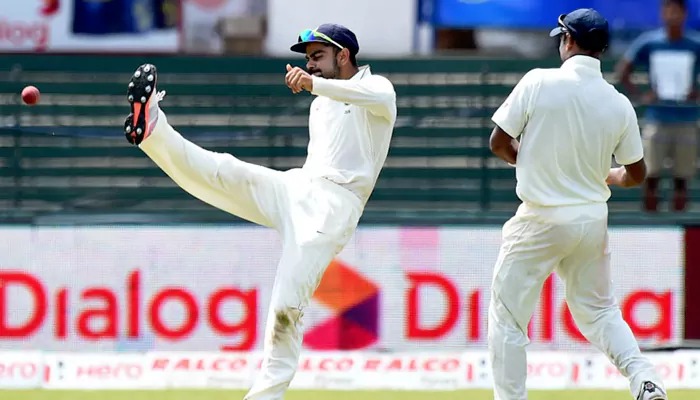
Virat Kohli celebrating after taking a catch to dismiss Kushal Perera //Picture Courtesy -- ESPN Cricinfo
Frustration and controversy
Perera made a strong impression on his debut, striking his second half-century with caution and aggression. The 25-year-old left-hander, often compared to Sanath Jayasuriya for his powerful hitting, even sparked hopes of an upset win for Sri Lanka. They inched to within 144 runs of their target with just over a session left to play.
However, Perera's dismissal shifted the momentum back to India. Frustrated by his untimely departure, he seemed upset with the Indian fielders before Ashwin convinced him to leave. A heated clash led to the ICC charging Ishant, Thirimanne, Chandimal, and Dhammika for breaching the Code of Conduct.

